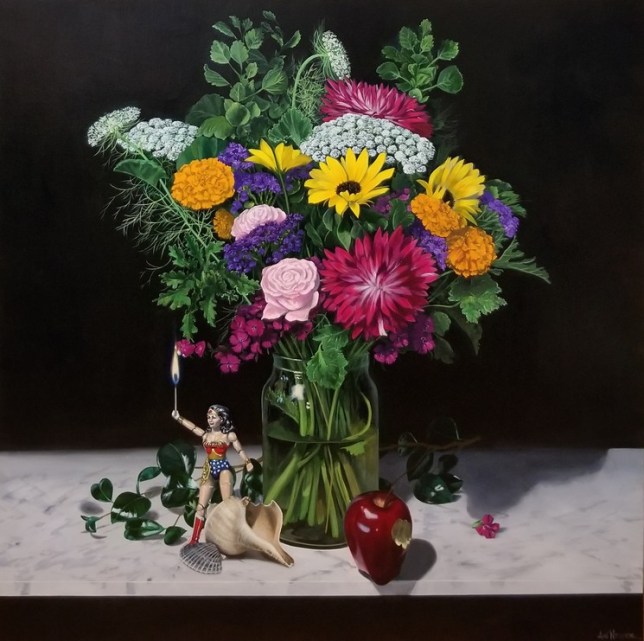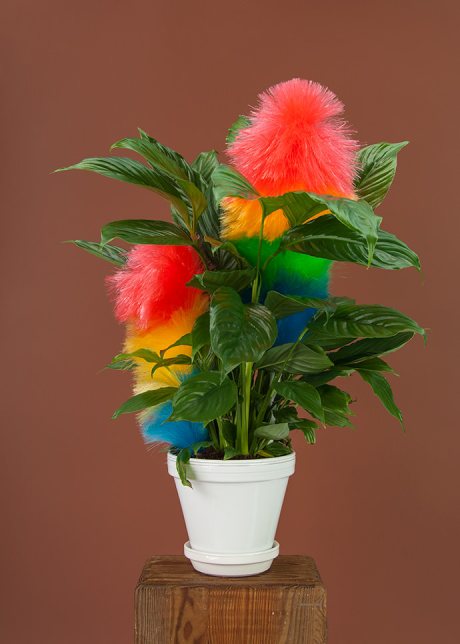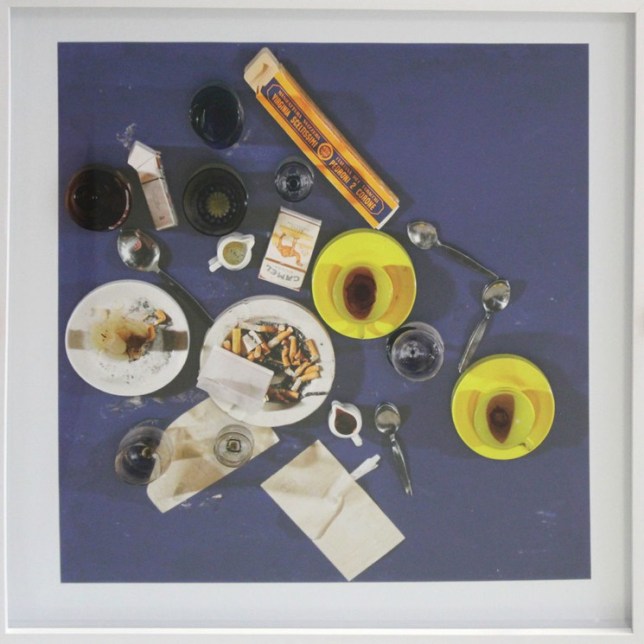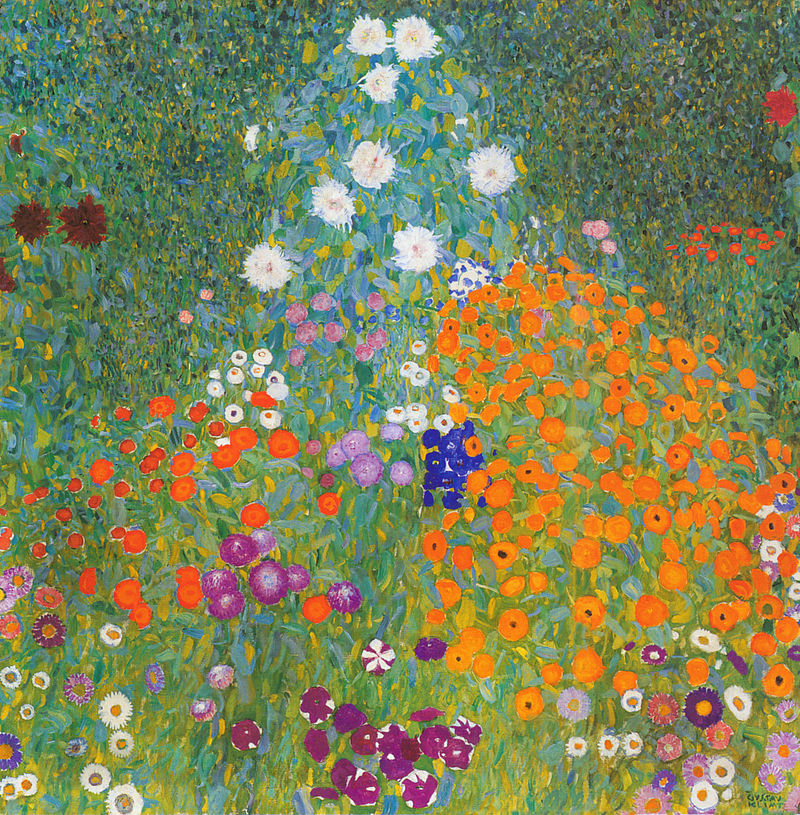
How Contemporary Artists Are Making Still Life Art Cool Again
What is still life art and where does this desire to represent everyday objects come from? If the advantage of immobility seemed obvious several centuries ago, contemporary still life is a reclaimed choice. Inherited from the Dutch painting of the 16th and 17th centuries, the art of contemporary still life is characterized by its focus on concrete realism. Glorification of banality, play between reality and artificiality, or blatant criticism of overconsumption? Artsper invites you to discover the many facets of contemporary still life art.

Still life art: a glorification of banality
Contemprary still life art is defined by the representation of objects with a double characteristic. They are inanimate and they make part of daily life. Many artists seize and push this to its paroxysm, even to the point of bias. Thus, the ultra-modernism of the objects represented is a radical reappropriation of the still life style. It dusts off this artistic genre and polishes it with a contemporary brushstroke, sometimes humorously, sometimes vindictively.
The painter Amy Nelder uses this approach in her contemporary “pop trompe l’oeil” works. Using imagery from our consumer society – as commercial cereal boxes, household products and even superwoman figurines – she hijacks, ridicules and glorifies this aspect of daily life. Exploring a completely different style, the PUTPUT collective combines the organic and the synthetic to denaturalize trivial objects. In the Inflorescence series, two contemporary artists have fun making floral compositions mixing real plants and household accessories. Nature pushed to an artificial death becomes alive again. With an overarching poetic point of view, the play between forms, symbols and meanings, the strange dialogues of complexity, and sometimes absurdity, mirror our current world.

Hyperrealism as a creator of artifice
Following the example of the great masters of Flemish painting, contemporary still life is still amused by an antagonism characteristic of this artistic genre. For it is through the act of representing a perishable object that artists freeze this object in immortality. Playing with a tension between abstraction, realism and hyperrealism, some artists blur the lines of reality to artificialize everyday objects.
This artistic intention is brilliantly illustrated by the series Still Under Construction, in which Felix Dobbert photographs perishable objects, devoid of the slightest imperfection. Smooth and surrounded by industrialized packaging, the immortalized fruits seem as calibrated as the cup that sits beside them.

Even more exaggerated, Ania Wawrzkowicz’s still life put forward a perfection of textures that seems too wonderful to be true. It is thus by the absence of defect and by the photographic proof of this perfect materialization that these otherwise real objects are covered with artifice, sometimes chimerical.
The still life art as denunciation of excessive behaviors
Let’s consider the gargantuan ceramic sculptures of Bachelot & Caron, the “trap paintings” of Daniel Spoerri, the installations of Mike Kelley or the works of Cédric Tanguy and Till Rabus. If possible, contemporary still life could be summarized in a few words: a wake-up call. By piling up or juxtaposing modern consumer objects, these artists are essentially denouncing the tendencies of human excess and overconsumption.

Photographs or paintings representing organic and perishable objects is the medium of the art of still life, which speaks above all to the effect of the passing of time. Perhaps this is why contemporary still life is in such dialogue with the past. Despite social and economic changes over the years, this rejection of the ephemeral remains. For whatever the era, does not the representation of perishable objects – artificialized, trivialized or disrupted – reflect the intrinsic struggle to accept our own mortality?

About Artsper
Founded in 2013, Artsper is an online marketplace for contemporary art. Partnering with 1,800 professional art galleries around the world, it makes discovering and acquiring art accessible to all.
Learn more













